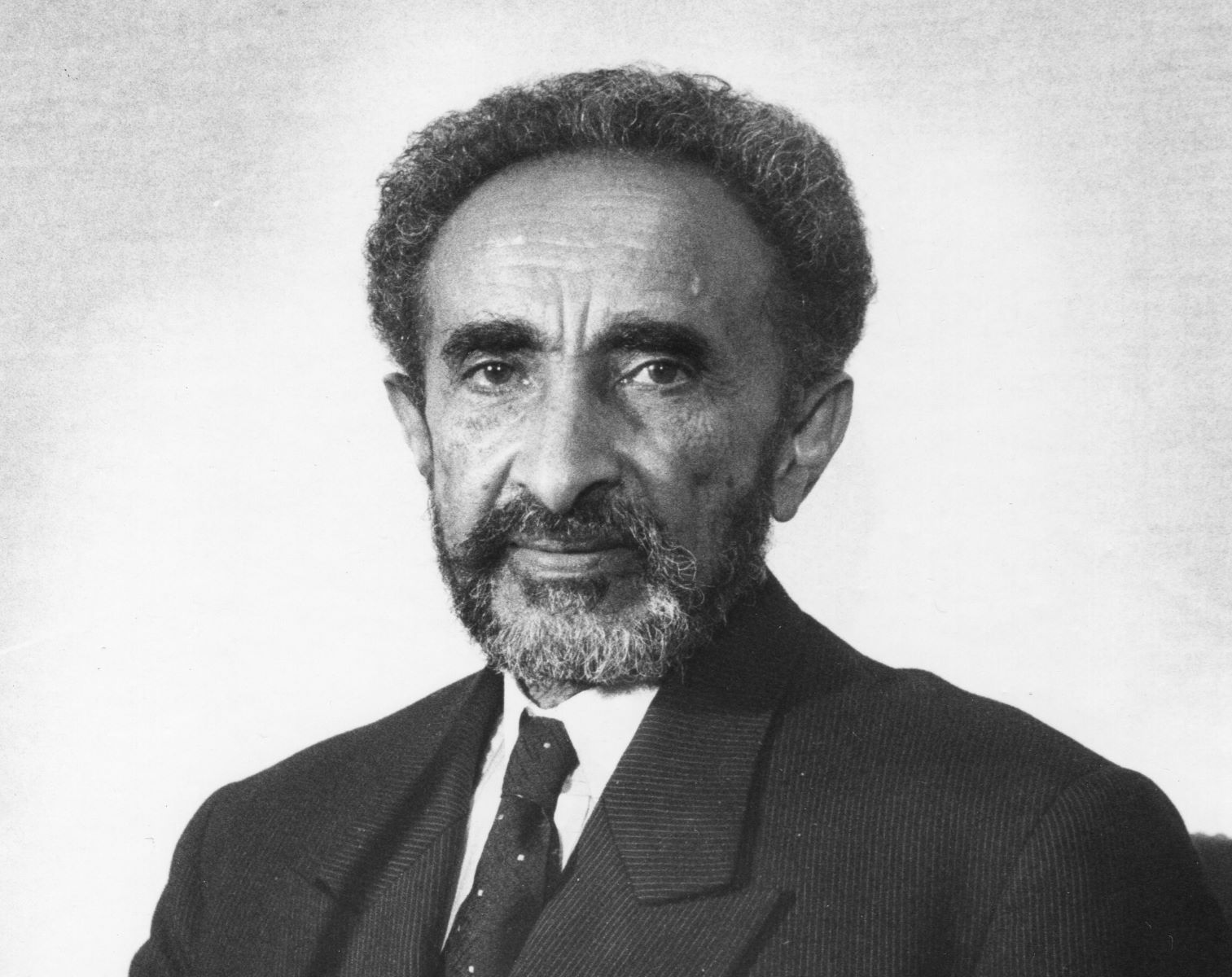
Who was Haile Selassie? Haile Selassie, born Tafari Makonnen Woldemikael, was the last Emperor of Ethiopia, reigning from 1930 to 1974. Known for his efforts to modernize Ethiopia, he played a significant role in the country's history. Why is he important? Selassie is celebrated for his resistance against Italian invasion during World War II and his influence on the Rastafari movement, which regards him as a messianic figure. What makes him unique? His leadership style, international diplomacy, and cultural impact make him a fascinating historical figure. Ready to learn more? Let's dive into 19 intriguing facts about Haile Selassie that highlight his extraordinary life and legacy.
Key Takeaways:
- Haile Selassie, also known as Tafari Makonnen, was a significant leader in Ethiopian history, implementing reforms and advocating for international cooperation.
- Despite facing political challenges and a controversial end, Haile Selassie's legacy as a modernizer and influential figure in global politics endures.
Early Life and Background
Haile Selassie, born as Tafari Makonnen, was a significant figure in Ethiopian history. His early life set the stage for his future leadership.
-
Born on July 23, 1892, in Ejersa Goro, Ethiopia, he was the son of Ras Makonnen, a governor of Harar, and Yeshimebet Ali.
-
His birth name, Tafari Makonnen, means "one who is respected" in Amharic.
-
He was educated by French missionaries, which gave him a broad perspective on global affairs.
Rise to Power
Haile Selassie's ascent to power was marked by strategic moves and significant events that shaped Ethiopia's future.
-
In 1916, he was appointed as the regent and heir apparent to Empress Zewditu.
-
He became Emperor of Ethiopia on November 2, 1930, after Empress Zewditu's death.
-
His coronation was attended by representatives from various countries, highlighting his international recognition.
Reforms and Modernization
As emperor, Haile Selassie implemented numerous reforms to modernize Ethiopia and improve the lives of its people.
-
He introduced Ethiopia's first written constitution in 1931, which limited the powers of the monarchy.
-
He established the Ethiopian National Bank in 1943 to stabilize the country's economy.
-
Education was a priority for him; he founded the University College of Addis Ababa in 1950.
World War II and Exile
Haile Selassie's leadership was tested during World War II when Italy invaded Ethiopia.
-
In 1936, he went into exile in England after Italy's invasion of Ethiopia.
-
He addressed the League of Nations in Geneva, pleading for international support against Italian aggression.
-
He returned to Ethiopia in 1941 after the Allied forces defeated the Italians, restoring his rule.
Role in the United Nations
Haile Selassie played a crucial role in the formation and activities of the United Nations.
-
He was a founding member of the United Nations in 1945, advocating for collective security and international cooperation.
-
His speech at the United Nations in 1963 emphasized the importance of human rights and equality.
Rastafarian Movement
Haile Selassie is a central figure in the Rastafarian movement, which regards him as a messianic figure.
-
The movement began in Jamaica in the 1930s, inspired by his coronation and African heritage.
-
He met with prominent Rastafarian leaders during his visit to Jamaica in 1966, strengthening their beliefs.
Later Years and Legacy
Haile Selassie's later years were marked by political challenges and his eventual overthrow.
-
In 1974, a military coup led by the Derg resulted in his deposition and imprisonment.
-
He died under mysterious circumstances on August 27, 1975, while under house arrest.
-
Despite his controversial end, he is remembered for his efforts to modernize Ethiopia and his influence on global politics.
Haile Selassie's Enduring Legacy
Haile Selassie's impact on Ethiopia and the world remains significant. His efforts in modernizing Ethiopia, advocating for African unity, and resisting colonialism left an indelible mark. Known as the "Lion of Judah," he inspired the Rastafarian movement, which views him as a messianic figure. His speeches at the League of Nations and the United Nations highlighted his commitment to peace and justice. Despite facing political challenges and eventual exile, Selassie's legacy endures through his contributions to global diplomacy and African independence. His life serves as a testament to resilience, leadership, and the pursuit of equality. Understanding Selassie's story offers valuable insights into the complexities of 20th-century history and the ongoing struggle for human rights. His legacy continues to inspire those who seek to make a positive impact on the world.
Frequently Asked Questions
Was this page helpful?
Our commitment to delivering trustworthy and engaging content is at the heart of what we do. Each fact on our site is contributed by real users like you, bringing a wealth of diverse insights and information. To ensure the highest standards of accuracy and reliability, our dedicated editors meticulously review each submission. This process guarantees that the facts we share are not only fascinating but also credible. Trust in our commitment to quality and authenticity as you explore and learn with us.
